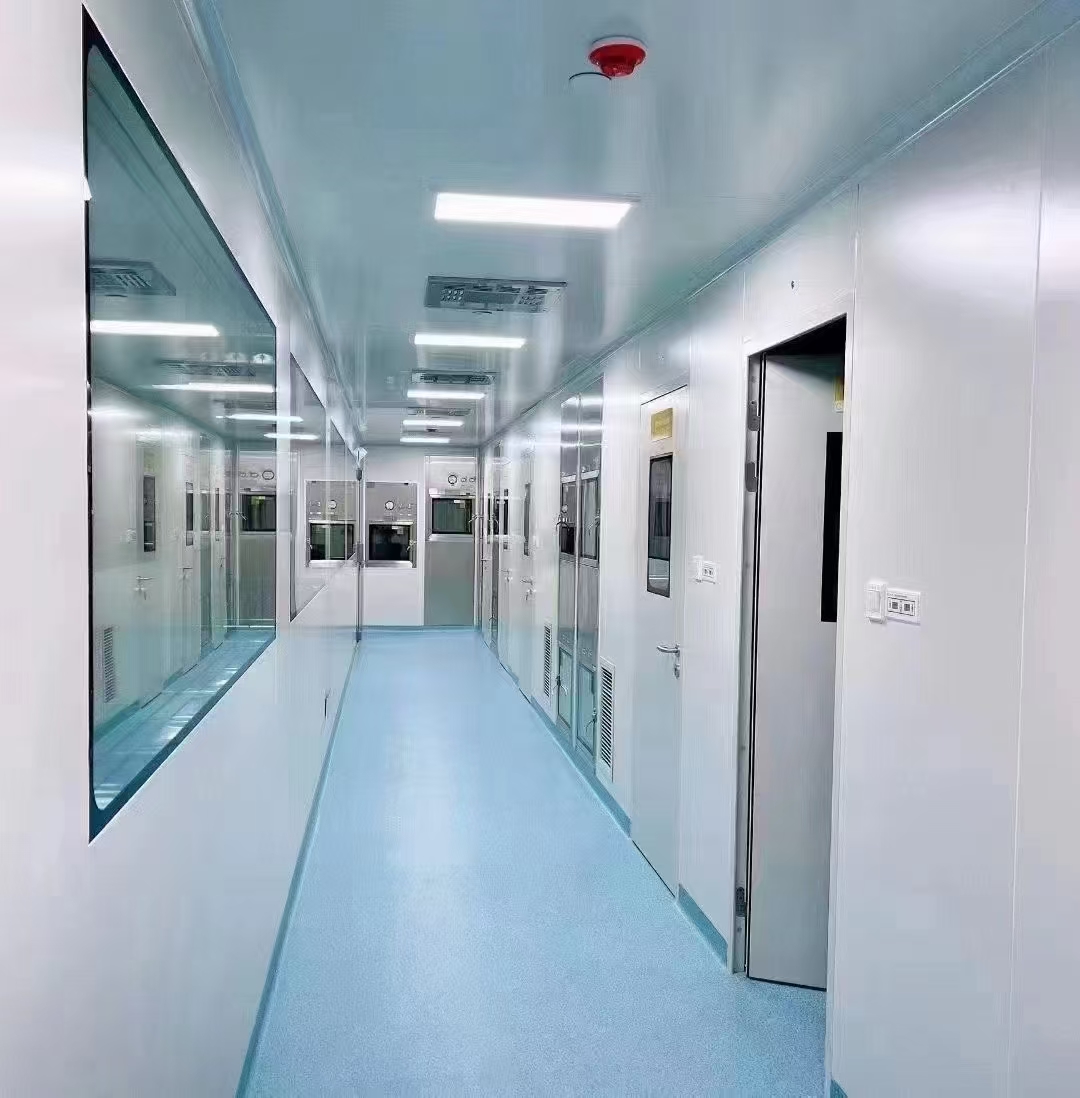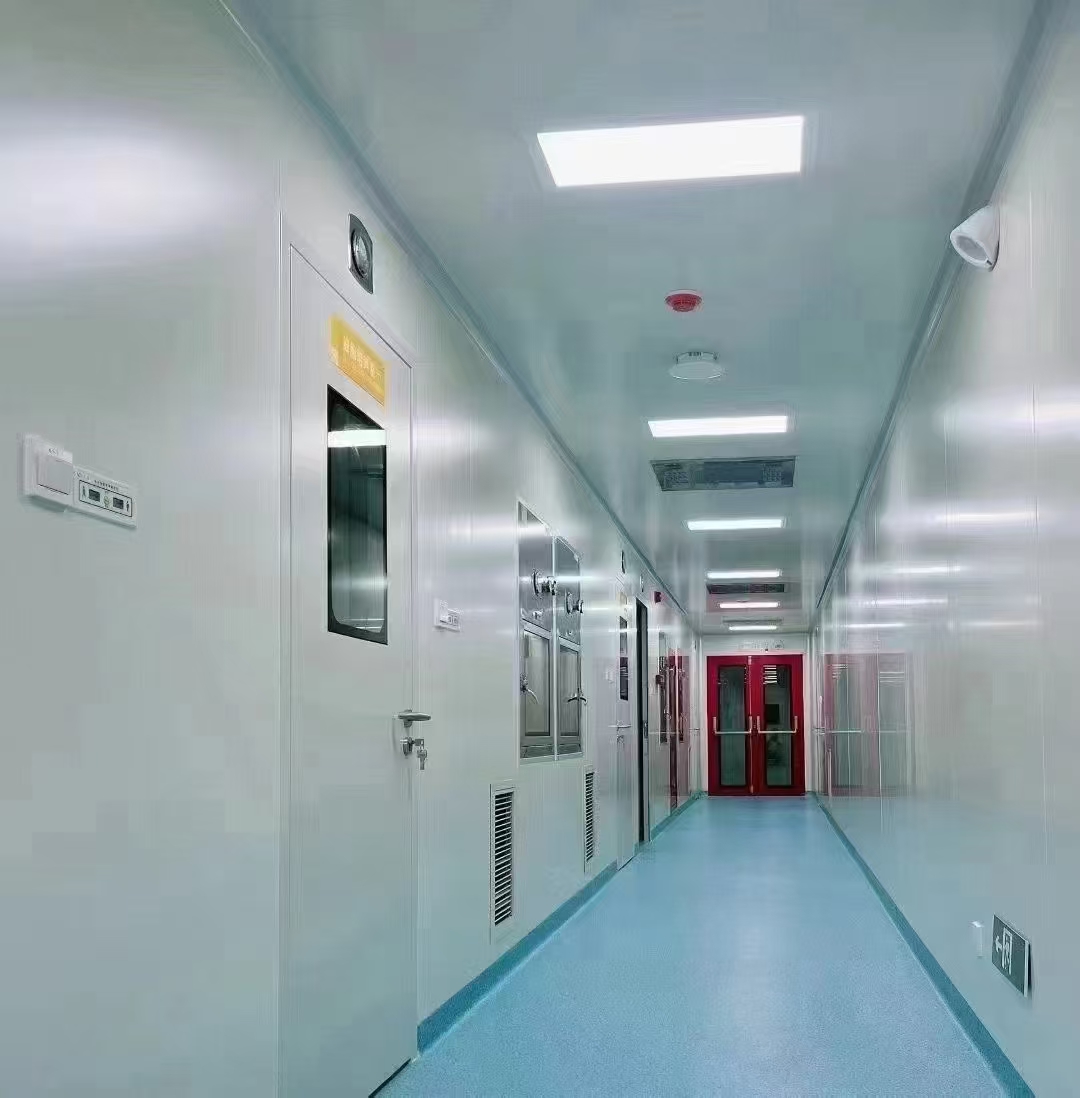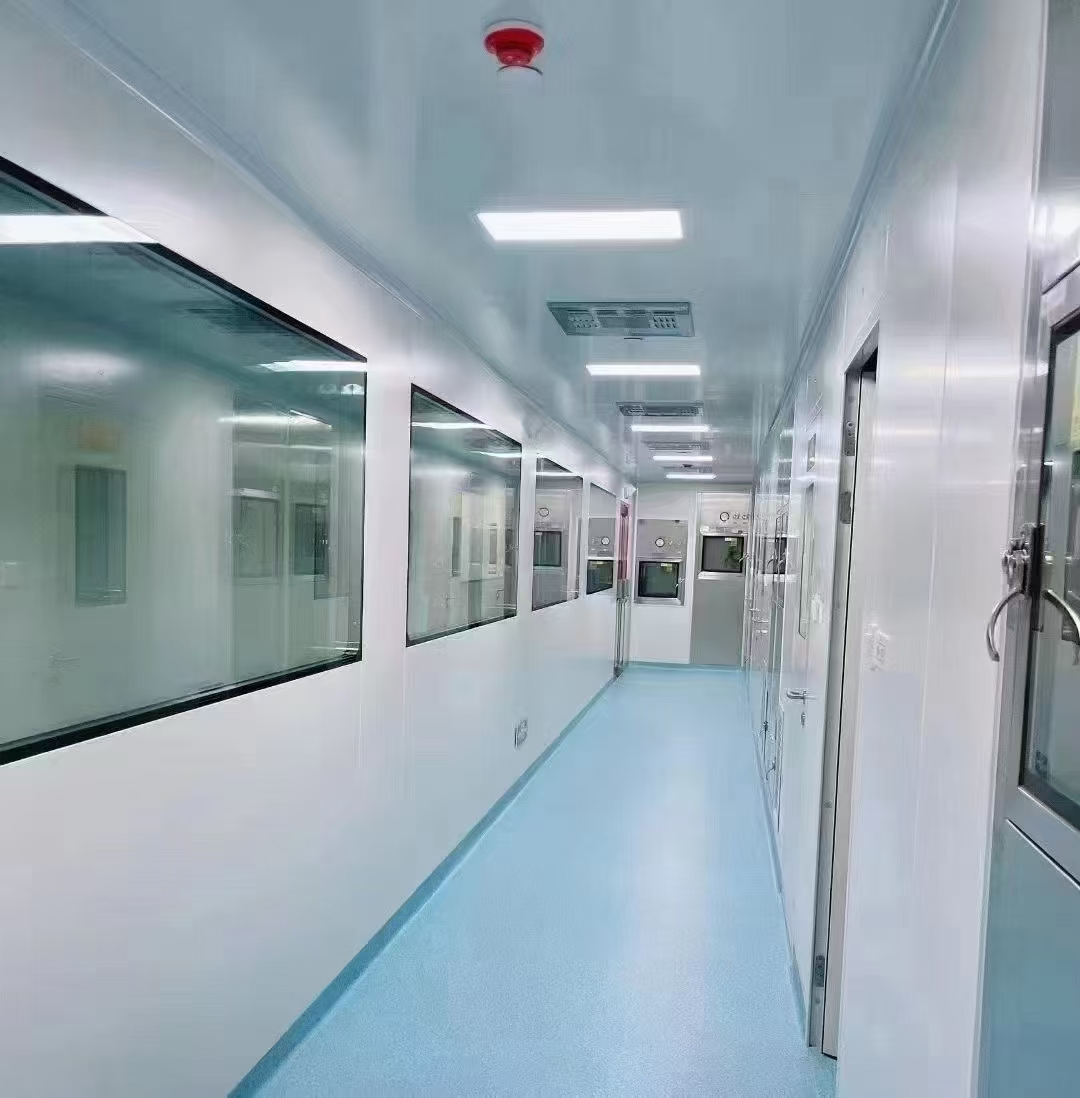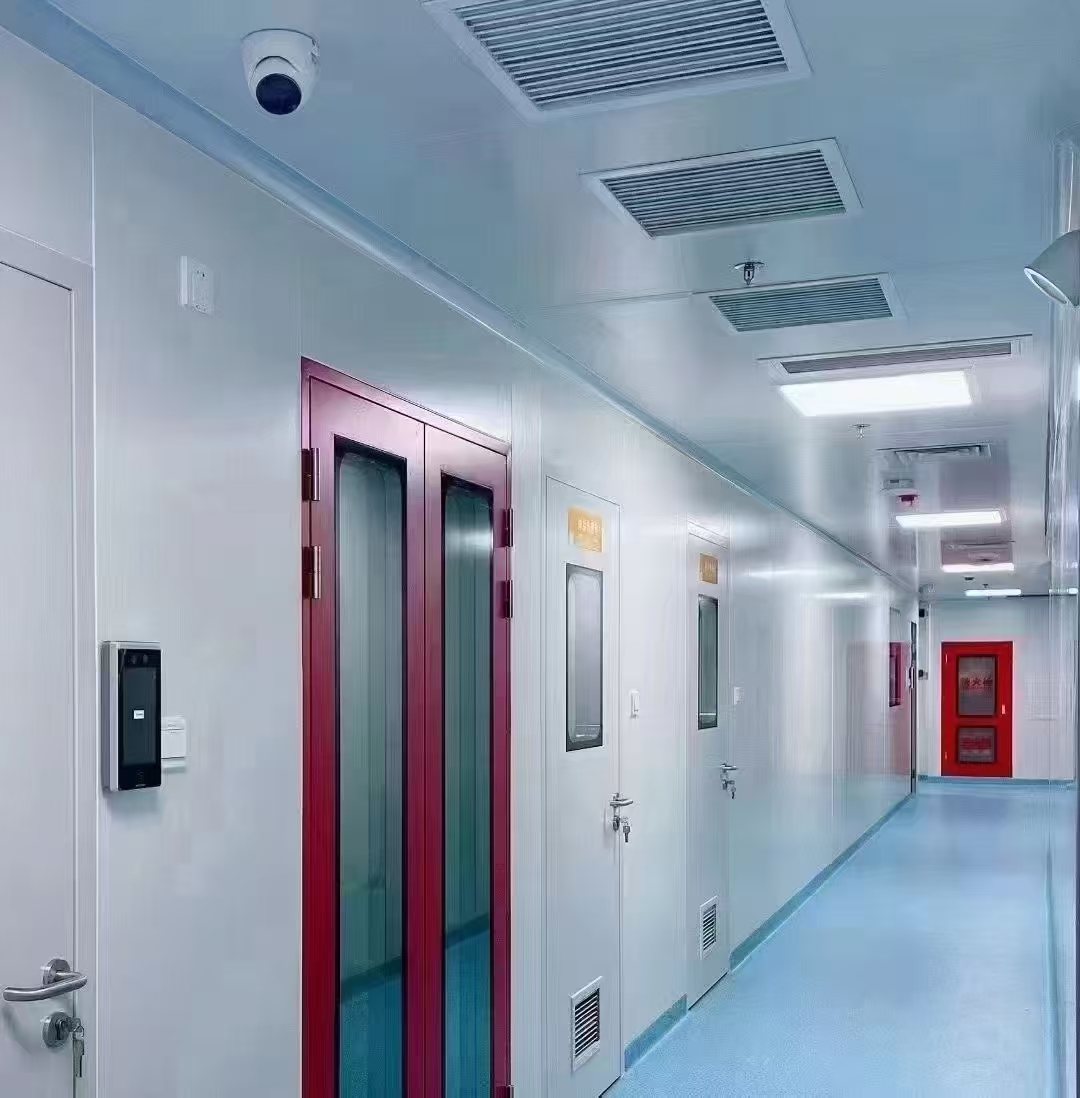

What cleanroom planning and design approach is the most energy-efficient and best meets process requirements, offering low investment, low operating costs, and high production efficiency? From glass substrate processing and cleaning to ACF and COG, which process is key to preventing contamination? Why is there still contamination on the product even though cleanliness standards have been met? With the same process and environmental parameters, why is our energy consumption higher than others?
What are the air purification requirements for optoelectronic cleanroom? Optoelectronic cleanroom is generally used in industries such as electronic instrumentation, computers, LCD manufacturing, optical lens manufacturing, aerospace, photolithography, and microcomputer manufacturing. These cleanrooms require not only high air cleanliness but also static elimination. Cleanrooms are classified into class 10, 100, 1000, 10,000, 100,000, and 300,000. These cleanrooms feature a temperature requirement of 24±2°C and a relative humidity of 55±5%. Due to the high number of personnel and large floor space within these cleanroom, the large number of production equipment, and the high level of production activities, a high fresh air exchange rate is required, resulting in a relatively high fresh air volume. To maintain cleanliness and thermal and moisture balance within the cleanroom, a high air volume and high air exchange rates are required.
The installation of cleanrooms for some terminal processes typically requires class 1000, class 10,000, or class 100,000 cleanrooms. Backlight screen cleanrooms, primarily for stamping and assembly, typically require class 10,000 or class 100,000 cleanrooms. Taking a class 100,000 LED cleanroom project with a height of 2.6m and a floor area of 500㎡ as an example, the supply air volume needs to be 500*2.6*16=20800m3/h ((the number of air changes is ≥15 times/h). It can be seen that the air volume of optoelectronic optical engineering is relatively large. Due to the large air volume, higher requirements are put forward for parameters such as equipment, pipeline noise, and strength.
Optoelectronic cleanrooms generally include:
1. Clean production area
2. Clean auxiliary room (including personnel purification room, material purification room and some living rooms, air shower room, etc.)
3. Management area (including office, duty, management and rest, etc.)
4. Equipment area (including purification air conditioning system application, electrical room, high-purity water and high-purity gas room, cold and hot equipment room)
Through in-depth research and engineering experience in LCD production environments, we clearly understand the key to environmental control during LCD production. Energy conservation is a top priority in our system solutions. Therefore, we offer comprehensive services, from complete cleanroom plant planning and design-including optoelectronic cleanrooms, industrial cleanrooms, industrial clean booths, personnel and logistics purification solutions, cleanroom air conditioning systems, and cleanroom decoration systems-to comprehensive installation and support services, including energy-saving renovations, water and electricity, ultra-pure gas pipelines, cleanroom monitoring, and maintenance systems. All products and services comply with international standards such as Fed 209D, ISO14644, IEST, and EN1822.


Post time: Aug-27-2025

